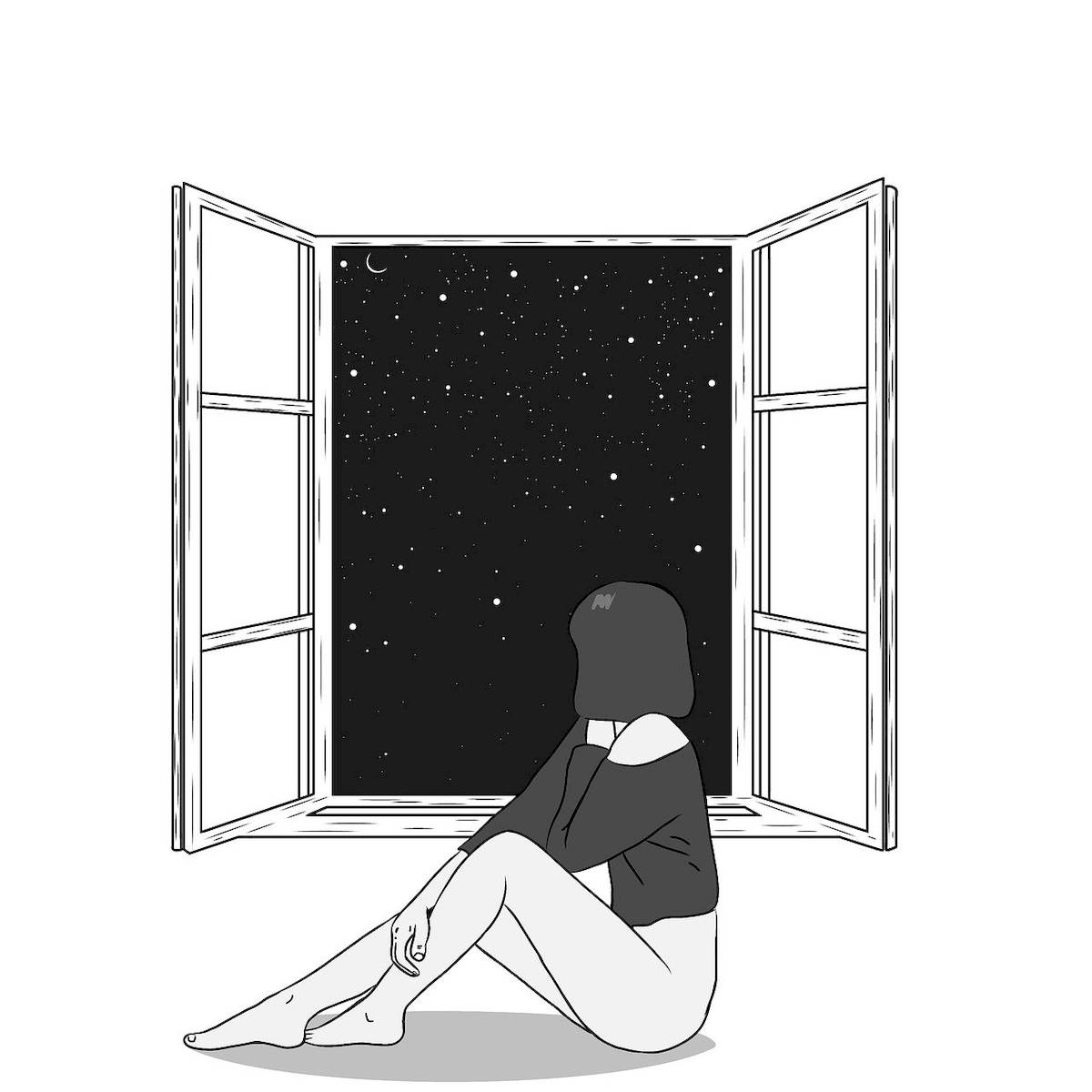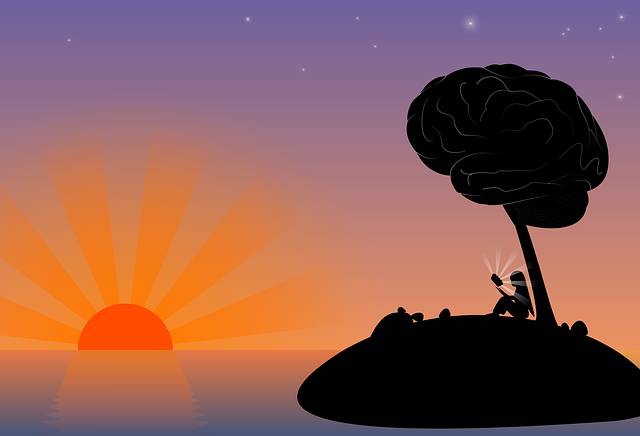In the realm of psychology, understanding how individuals decide that things are getting worse is a complex yet crucial area of study. This decision-making process is not merely a rational, objective assessment but is deeply influenced by psychological factors such as cognitive biases and emotional responses. These elements can significantly distort our perceptions, leading us to conclude that situations are worsening even when objective data might suggest otherwise.
Cognitive biases play a pivotal role in shaping our perceptions of deteriorating situations. One such bias is the negativity bias, where negative experiences are given more weight than positive ones. This means that a single negative event can often overshadow a multitude of positive experiences, leading an individual to perceive a situation as worsening. For instance, in a workplace where an employee experiences a minor setback, this might be perceived as a sign of a deteriorating work environment, despite the overall positive feedback and achievements.
Another cognitive bias that influences our perception of worsening situations is the availability heuristic. This occurs when we base our judgments on information that is readily available to us. If recent events have been negative, they are more likely to come to mind, leading us to believe that the situation is getting worse. This can be particularly problematic in contexts such as relationships or project management, where a few recent setbacks can lead to a skewed perception of the overall health or progress.
Emotional influences also play a significant role in how we decide that things are getting worse. Emotions can color our perceptions and interpretations of events, often leading to a more negative outlook. For example, an individual who is experiencing stress or anxiety might perceive minor challenges as major obstacles, leading them to conclude that their situation is deteriorating. This emotional influence can be particularly strong in situations where there is a history of negative experiences, as past emotions can be triggered by current events, further reinforcing the perception of worsening conditions.
Moreover, social and cultural factors can also impact how we perceive deterioration. Norms and expectations within a particular social group or culture can shape what we consider to be 'getting worse.' For instance, in a culture that values rapid growth and progress, a period of stability might be perceived as a decline, even if objectively, the situation is not worsening. This highlights the importance of context in understanding how individuals decide that things are getting worse.
In conclusion, the decision that things are getting worse is a multifaceted process influenced by a range of psychological factors. Cognitive biases such as the negativity bias and the availability heuristic can distort our perceptions, while emotional influences and social norms can further color our interpretations. By understanding these influences, we can develop a more nuanced and accurate understanding of our perceptions of deterioration, potentially leading to more balanced and effective decision-making in various aspects of life.




发表评论 取消回复